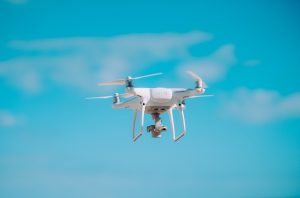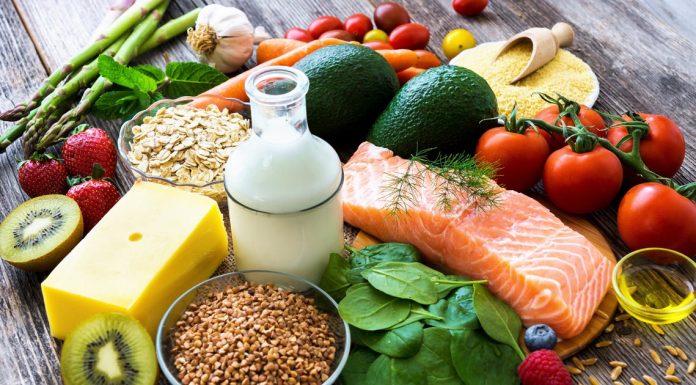Technology has been changing the way we live our lives for decades, and the food industry is no exception. Innovations and advancements in technology are rapidly transforming the way we produce, distribute, and consume food. These changes are being driven by a variety of factors, including a growing population, concerns over environmental sustainability, and the need for greater efficiency in food production and distribution.
This means that now more than ever, we have options—especially when it comes to food sources. Here are some of the latest innovations in food technology that are primed to reinvent the future of food and change the way we eat.
The Future of Food
Lab-Grown Meat
One of the most exciting developments in food technology is lab-grown meat. Also known as cultured meat, it is produced by growing animal cells in a lab rather than raising and slaughtering animals. Lab-grown meat has the potential to revolutionize the food industry by reducing the environmental impact of traditional meat production and providing a sustainable source of protein. While the technology is still in its early stages, several companies are working on bringing lab-grown meat to market in the coming years.
Vertical Farming
Vertical farming is another technology that is changing the way we grow food. This method involves growing crops in vertically stacked layers using artificial lighting and a controlled environment. Vertical farming has several advantages over traditional farming, including increased crop yields, reduced water usage, and the ability to grow crops year-round. As a result, it has the potential to provide a sustainable source of fresh produce in urban areas where traditional farming is not feasible.
Food Delivery by Drone
Food delivery by drone is a new technology that is gaining popularity in the food industry. With the use of drones, food can be delivered to customers quickly and efficiently, cutting down on delivery times and reducing traffic on roads. This technology has the potential to revolutionize the food delivery industry by making it faster, more reliable, and more environmentally friendly.
3D Printed Food
3D printing has been around for several years, but it is now being used to create food. 3D-printed food involves using a printer to create complex shapes and textures using edible materials such as chocolate, dough, and cheese. This technology has the potential to transform the way we think about food presentation and customization.
Smart Packaging
Smart packaging is a new technology that is changing the way we store and transport food. Smart packaging includes features such as time-temperature indicators, gas sensors, and microbial sensors that can help to detect spoilage and prevent food waste. This technology has the potential to reduce food waste by ensuring that food is stored and transported under the best possible conditions.
The future of food is an exciting and rapidly evolving field. With the use of technology and innovation, we can create a more sustainable, efficient, and healthy food system. While some of these technologies are still in their early stages, they have the potential to transform the way we produce, distribute, and consume food. Whether it’s lab-grown meat, vertical farming, or food delivery by drone, the future of food is full of possibilities.














